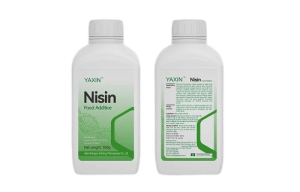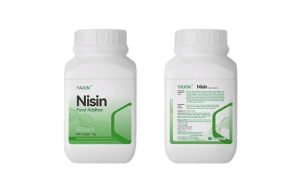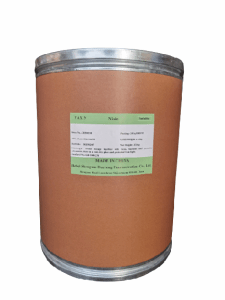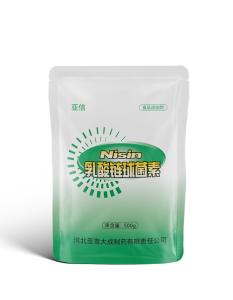
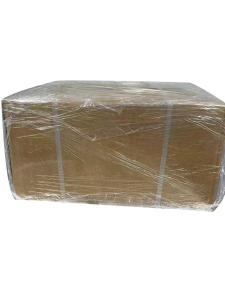
|
- Createtime: 2023-03-24
- Updatetime: 2024-10-18
As a food-grade preservative, the choice of packaging materials for nisin is crucial to ensure the safety, stability, and effectiveness of the product. Below is a detailed analysis of the packaging materials for nisin:
1. Basic Requirements for Packaging Materials
·Safety: Packaging materials should be non-toxic and harmless, not react chemically with nisin, and should not release harmful substances into the product.
·Stability: Packaging materials should possess a certain level of mechanical strength and chemical stability, able to withstand external environmental influences (such as temperature, humidity, light, etc.) to ensure the quality of nisin during storage and transportation.
·Barrier Properties: Packaging materials should have good barrier properties to prevent oxygen, moisture, and microorganisms from entering the package, thereby extending the shelf life of nisin.
·Processability: Packaging materials should be easy to process and shape, facilitating the production of various specifications and shapes of packaging containers.
2. Common Packaging Materials
·Polyethylene Film Bags: Polyethylene is a commonly used food packaging material with good flexibility and barrier properties. It can be used as inner packaging material for nisin to protect the product from external environmental influences.
·Woven Bags and Cartons: These materials are typically used for the outer packaging of Nisin, providing additional protection and support. Woven bags have good breathability and abrasion resistance, while cartons offer certain compressive and moisture-resistant properties.
·Composite Bags: Composite bags are packaging containers made from multiple materials, offering various advantages (such as barrier properties, strength, transparency, etc.). They can be used as packaging material for nisin to meet different customer needs.
3. Special Packaging Materials
With advancements in technology, there has been exploration into using more environmentally friendly and intelligent packaging materials for nisin. For example:
·Biodegradable Antimicrobial Nanofiber Composite Films: These are composite antimicrobial packaging materials made using electrospinning technology. They are created by blending organic polymer materials with high-concentration solutions of polymeric biopreservatives (such as Nisin), then spinning them into nanofiber films under high-voltage conditions. This material shows good antimicrobial effects against pathogens like Staphylococcus aureus, Escherichia coli, and Candida albicans, making it suitable for preserving fresh meat, fruits, and vegetables.
·Intelligent Food Packaging Materials: This material is made from corn zein, starch, and cellulose nanocrystals, with the addition of natural antimicrobial compounds (such as nisin). It can release antimicrobial compounds in response to internal or external stimuli, such as moisture or enzymes, effectively killing common harmful bacteria that contaminate food. This packaging material features biodegradability, sustainability, and intelligent responsiveness, offering broad application prospects.
4. Recommendations for Packaging Material Selection
When selecting packaging materials for nisin, factors such as product characteristics, storage conditions, transportation methods, and customer needs should be considered. Additionally, attention should be paid to the cost, environmental impact, and sustainability of the packaging materials. It is advisable to collaborate with professional packaging material suppliers to develop suitable packaging solutions for nisin.
The choice of packaging materials for nisin should be comprehensively considered based on the product's characteristics and requirements. By selecting appropriate packaging materials, the safety and stability of nisin during storage and transportation can be ensured, thereby extending its shelf life and enhancing the product's market competitiveness.
-
2023-03-13
How is Nisin produced?
Nisin is a naturally occurring antimicrobial peptide that is produced by certain strains of bacteria, particularly Lactococcus lactis. The process of nisin production involves the ...
MORE -
2023-03-14
How is ε-Polylysine hydrochloride produced?
ε-Polylysine hydrochloride, also known as ε-PL or Poly(ε-lysine), is a natural biopolymer composed of ε-lysine monomers. ε-PL is known for its antimicrobial properties and has...
MORE
- Tel:+8618231198596
- Whatsapp:18231198596
- Chat With Skype

